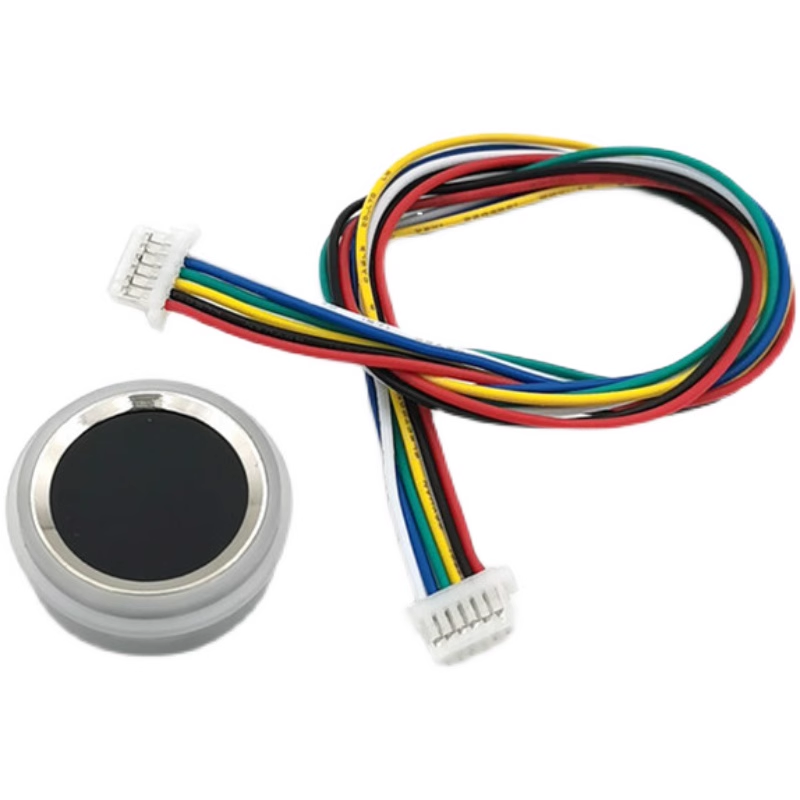
Capacitance sensing is a non-contact sensing technology that detects the position, shape, size and other information of the target object by measuring capacitance changes. In capacitive sensing, the size of the capacitor is closely related to the position and shape of the target object, so it can be used to achieve non-contact measurement.
In capacitive sensing technology, a capacitive sensor is generally used, which is composed of two electrodes, one of which is fixed, called a static electrode, and the other electrode can change with the position and shape of the target object, called a dynamic pole. When the target object is close to the capacitive sensor, the size of the capacitor will change, resulting in a capacitance change signal. By measuring the size of this signal, information such as the position and shape of the target object can be obtained.
In capacitive sensing technology, the key to realize non-contact measurement is how to reduce the interference signal of capacitors. Due to the existence of air, water vapor and other media between the electrodes of the capacitor sensor, the existence of these media will affect the size of the capacitor, thus affecting the measurement results of the target object. In addition, there will also be stray capacitors between the electrodes of the capacitor sensor, and the presence of these stray capacitors will also affect the size of the capacitor, thus affecting the measurement results of the target object.
In order to reduce the interference signal of Capacitive sensors, CDC (capacitive-to-digital Conversion) technology is mainly used at present. CDC technology is a digital signal processing technology, mainly used to convert capacitive signals into digital signals. This technology can eliminate interference signals in capacitive sensors through digital signal processing algorithms, so as to achieve more accurate non-contact measurement.
The core of CDC technology is digital signal processing algorithm, which can eliminate interference signals in 74LVC14AD sensor through sampling, filtering and digitization of capacitive signals, so as to obtain more accurate measurement results. Specifically, the CDC technology consists of the following steps:
1, sampling: The capacitor signal in the capacitor sensor is a continuous analog signal, which needs to be sampled by the sampler to obtain a series of discrete sampling values.
2, filtering: Because there are stray capacitors and dielectric interference signals in the capacitor sensor, it is necessary to filter the sampled signal to remove the high-frequency interference signals.
3, digital: after sampling and filtering processing, the obtained signal is a continuous analog signal, which needs to be converted into a digital signal in order to perform digital signal processing.
4, digital signal processing: through the digital signal processing algorithm, the digital signal is processed, the interference signal is eliminated, and the measurement results are more accurate.
CDC technology is widely used in capacitive sensing technology. For example, in capacitive touch screen, more accurate and stable touch signal detection can be achieved by using CDC technology; In capacitive displacement sensor, more accurate and reliable displacement measurement can be realized by using CDC technology. In capacitive accelerometers, more accurate and sensitive acceleration measurement can be achieved by using CDC technology.
In short, CDC technology is one of the key technologies to realize non-contact measurement in capacitive sensing technology. Through digital signal processing algorithm, interference signals in the sensor can be eliminated, so as to obtain more accurate measurement results. With the continuous development of science and technology, the application of CDC technology in capacitor sensing technology will be more and more extensive.
The Products You May Be Interested In
 |
AIUR-03-680K | FIXED IND 68UH 810MA 210 MOHM TH | 371 More on Order |
 |
AIML-1206-R68K-T | FIXED IND 680NH 150MA 650 MOHM | 398 More on Order |
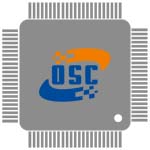 |
AMPMAGA-60.0000T3 | MEMS OSC XO 60.0000MHZ CMOS SMD | 433 More on Order |
 |
AMPMGDC-34.0000T | MEMS OSC XO 34.0000MHZ CMOS SMD | 239 More on Order |
 |
AMPMEGB-11.0592T | MEMS OSC XO 11.0592MHZ CMOS SMD | 370 More on Order |
 |
AMPMEFB-6.1440T | MEMS OSC XO 6.1440MHZ CMOS SMD | 412 More on Order |
 |
AMPMDGB-18.0000T | MEMS OSC XO 18.0000MHZ CMOS SMD | 361 More on Order |
 |
AMPMEGC-11.0592 | MEMS OSC XO 11.0592MHZ CMOS SMD | 239 More on Order |
 |
AMPMEEB-6.1440 | MEMS OSC XO 6.1440MHZ CMOS SMD | 471 More on Order |
 |
AMPMDFD-19.6608 | MEMS OSC XO 19.6608MHZ CMOS SMD | 246 More on Order |
 |
AOCJY2A-12.800MHZ-E-SW | XTAL OSC VCOCXO 12.8000MHZ SNWV | 347 More on Order |
 |
ASCO1-60.000MHZ-EK-T3 | XTAL OSC XO 60.0000MHZ CMOS SMD | 228 More on Order |
 |
AX7MCF1-699.3266T | XTAL OSC XO 699.3266MHZ CML SMD | 347 More on Order |
 |
AX5DAF1-906.5000T | OSC XO 906.5MHZ 3.3V LVDS | 124 More on Order |
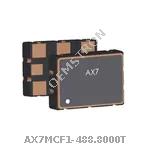 |
AX7MCF1-488.8000T | XTAL OSC XO 488.8000MHZ CML SMD | 123 More on Order |
 |
AX5DCF3-312.5000T | OSC XO 312.5MHZ 1.8V LVDS | 225 More on Order |
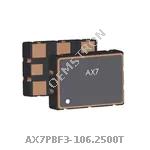 |
AX7PBF3-106.2500T | XTAL OSC XO 106.2500MHZ LVPECL | 362 More on Order |
 |
ASTX-H12-19.200MHZ-T | XTAL OSC TCXO 19.2000MHZ HCMOS | 279 More on Order |
 |
ASTMHTA-120.000MHZ-XK-E-T3 | MEMS OSC XO 120.0000MHZ LVCMOS | 440 More on Order |
 |
ABC2-24.000MHZ-4-T | CRYSTAL 24.0000MHZ 18PF SMD | 318 More on Order |
 |
ABLS-13.000MHZ-L4Q-T | CRYSTAL 13.0000MHZ 18PF SMD | 305 More on Order |
 |
ABM8W-44.0000MHZ-8-J2Z-T3 | CRYSTAL 44.0000MHZ 8PF SMD | 219 More on Order |
 |
ABM8W-20.4800MHZ-4-B1U-T3 | CRYSTAL 20.4800MHZ 4PF SMD | 457 More on Order |
 |
ABS10-32.768KHZ-7-T | CRYSTAL 32.7680KHZ 7PF SMD | 52224 More on Order |

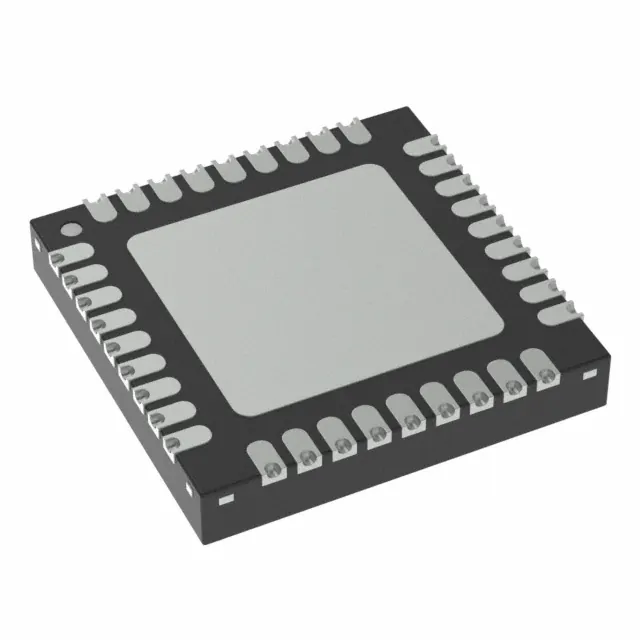 Semiconductors
Semiconductors









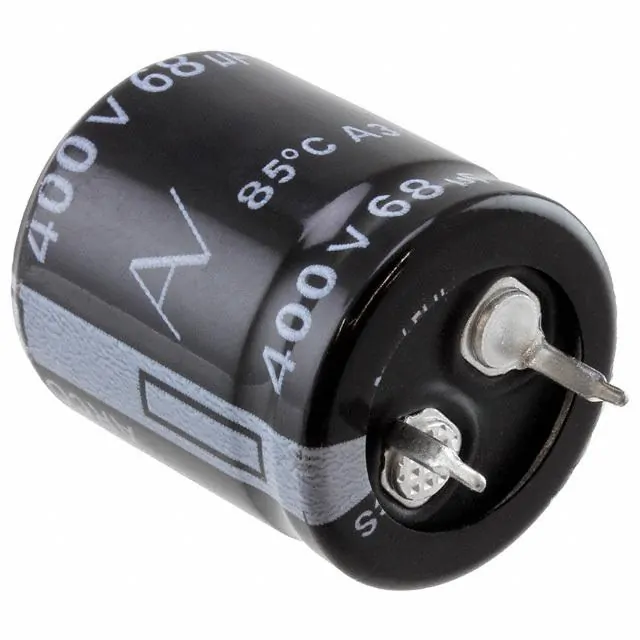 Passive Components
Passive Components









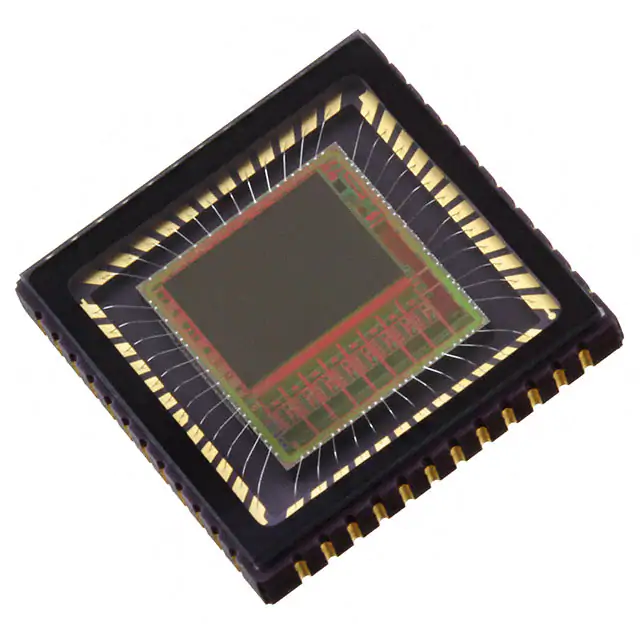 Sensors
Sensors








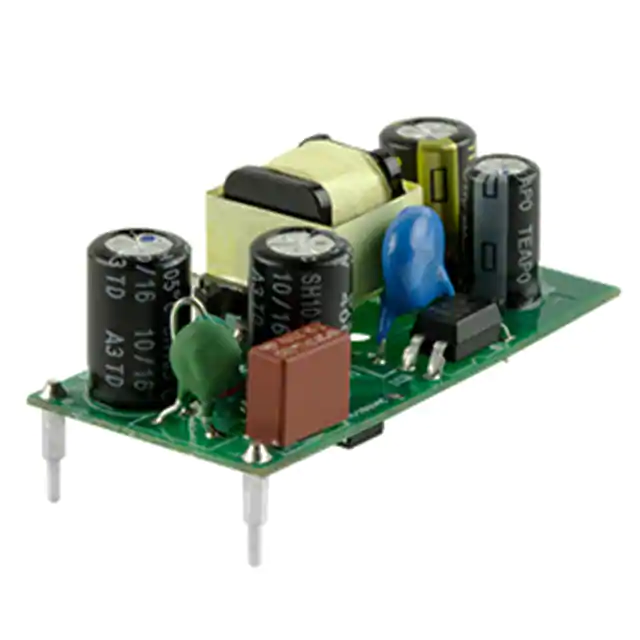 Power
Power









 Optoelectronics
Optoelectronics








